- Introduction: What is Bento?
- The History of Bento
- Types of Bento
- “Handmade Bento” lovingly prepared at home
- “Ekiben” for train journeys, featuring local specialties and seasonal ingredients from various regions
- “Convenience Store Bento” for a quick and easy option amidst a busy day
- “Picnic Bento,” perfect for special days like picnics and cherry blossom viewing
- “Character Bento” that brings to mind the happy faces of children
- The Aesthetics of Bento
- Embracing Seasonality
- Basics of Bento Making
- Basic Packing Methods
- Practical! Homemade Bento Recipes
- Tips for Making Character Bento for Kids
- Enjoying the Culture of Bento
- Conclusion: The Japanese Spirit Felt Through Bento
Introduction: What is Bento?
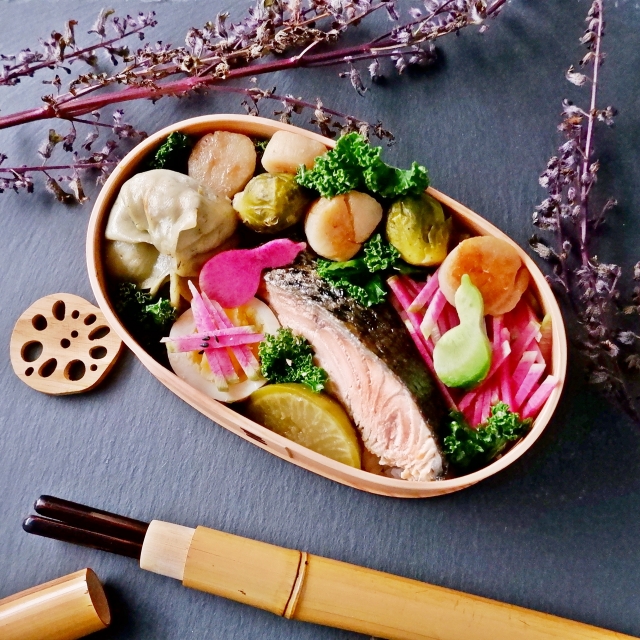
A bento refers to a portable meal, and in Japan, it particularly denotes a small box filled with a colorful assortment of beautifully arranged ingredients. A bento is valued not only for its visual appeal but also for its nutritional balance and the harmony of flavors, treating each bento box as if it were a miniature work of art. Through bento, one can express the changing seasons, traditional customs, and even affection for family members.
The History of Bento
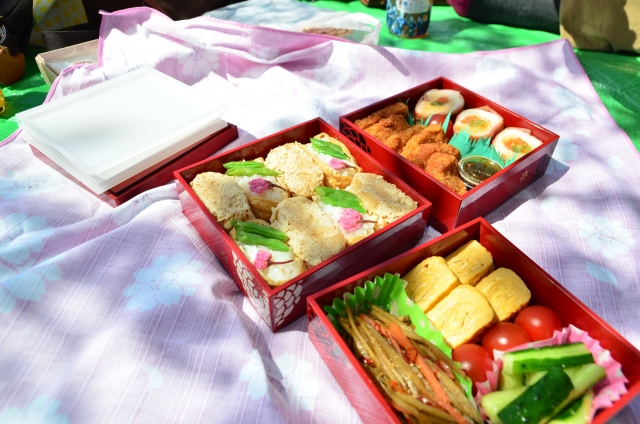
The origins of bento go back centuries, with its form and content evolving over time. Notably, during the Heian period (794 to 1185), “bento” was prepared for nobles to carry meals during elegant outdoor events, marking a distant origin of modern bento culture. By the Edo period (1603 to 1868), bento had spread among the common people, becoming a staple for casual dining at entertainments like theater shows and cherry blossom viewing. From this era, bento became an integral part of Japanese life, enjoyed in various forms. Up to the present day, bento continues to hold a significant place in Japanese food culture, with its types and styles becoming even more diverse.
Types of Bento
There are many different kinds of bento. There’s the “homemade bento” filled with love, made at home, “ekiben” that feature regional specialties and are perfect for travel, and “convenience store bento” for a quick and easy meal option in a busy day-to-day life. Additionally, there are “picnic bentos” for special days out, and “character bentos” designed to delight children. Each type of bento reflects the culture and sentiments behind it, symbolizing the diversity of Japanese food culture.
“Handmade Bento” lovingly prepared at home
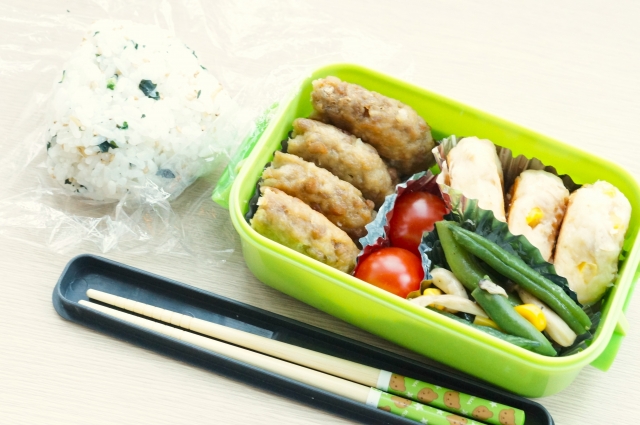
“Handmade Bento” is like a tangible representation of daily affection. Made by parents for their children or spouses for each other, these bentos are packed with a variety of side dishes considering nutritional balance. Colorful vegetables, proteins, and favorites like rice balls or sandwiches are chosen with the eater’s preferences and health in mind. Handmade bento serves as an important culture that deepens family bonds, encapsulating messages of “thank you” and “do your best” in everyday life.
“Ekiben” for train journeys, featuring local specialties and seasonal ingredients from various regions
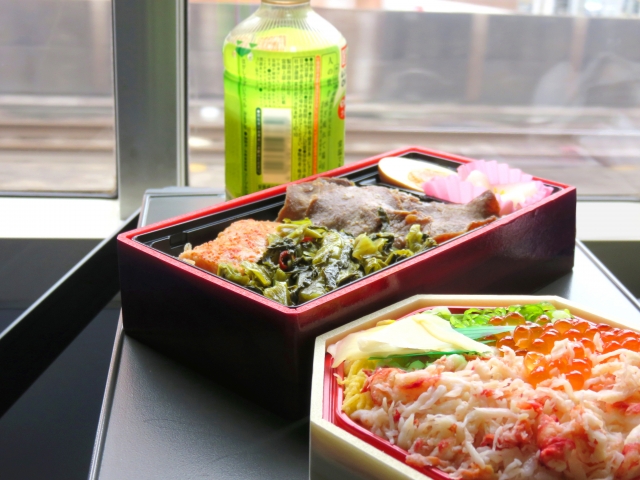
“Ekiben” is one of the joys of train travel in Japan. These bento boxes, abundantly filled with local specialties and seasonal ingredients, offer a taste unique to each region. In areas rich in marine life, ekiben featuring fresh seafood are common, while mountainous regions might offer bentos filled with vegetables and mushrooms, showcasing the distinct characteristics of each area. Opening an ekiben during a journey is truly a highlight of the travel experience.
“Convenience Store Bento” for a quick and easy option amidst a busy day
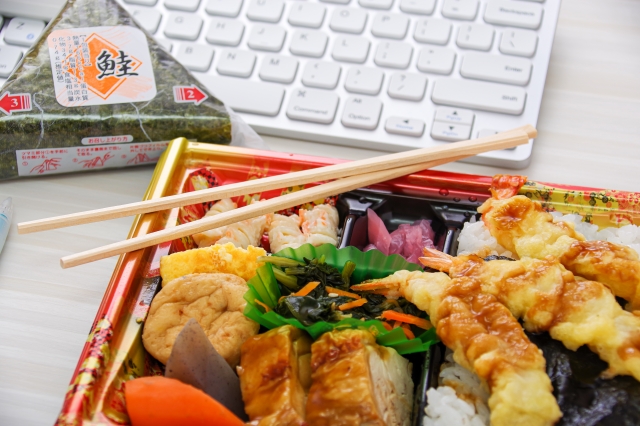
“Convenience Store Bento” is a strong ally for the busy modern individual. Not only are they easy to purchase, but they also offer a wide variety of options from Japanese to Western and Chinese cuisines, allowing you to choose according to your daily mood and preference. Reflecting the growing health consciousness, there’s also an increase in healthy convenience store bento options packed with plenty of vegetables. In a time-crunched society, convenience store bento, which considers nutritional balance, have become indispensable.
“Picnic Bento,” perfect for special days like picnics and cherry blossom viewing
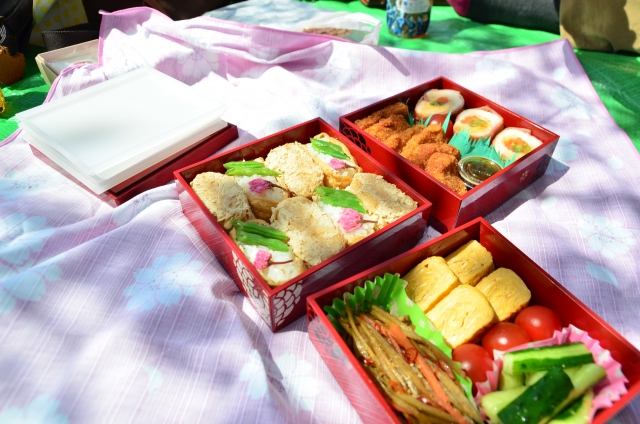
“Picnic Bento” is an essential part of outdoor dining on special days like picnics, cherry blossom viewing, and sports festivals. They are designed to be visually appealing, making eating part of the fun with creative touches. In addition to classic items like tempura, grilled chicken skewers, and rice balls, they often feature special dishes that incorporate a sense of the season. Shared with family and friends outdoors, picnic bentos play a crucial role in creating memorable experiences.
“Character Bento” that brings to mind the happy faces of children
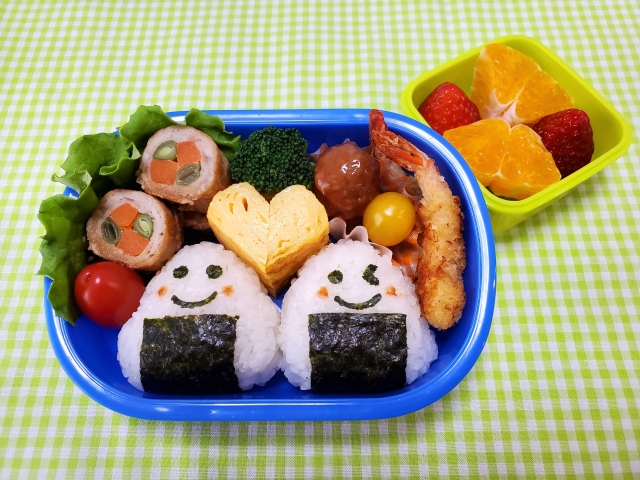
“Character Bento” is like a magical bento that captures children’s hearts instantly. It transforms mealtime into a fun event by depicting children’s favorite anime characters or animals using food. Colorful vegetables and fruits are used to recreate characters, encouraging children to enjoy their veggies. Through character bento, parents can express their love to their children, who in turn learn the joy of eating.
The Aesthetics of Bento
The creation of bento transcends mere meal preparation and is considered a true form of aesthetics. Through the selection of colorful ingredients, delicate arrangement, and harmonious combination, a bento is elevated to a visually stunning art piece. By choosing ingredients based on the five-color principle (blue/green, red, yellow, white, black) and considering both nutritional and color balance, a bento achieves both beauty and health. Thus, the making of bento showcases the Japanese appreciation for aesthetics and creativity.
Embracing Seasonality
Incorporating a sense of the seasons into bento is a crucial element of Japanese food culture. By using seasonal ingredients such as fresh bamboo shoots or sakura leaves in rice balls in spring, cold somen noodles in summer, chestnuts or sweet potatoes in autumn, and warm oden or grilled fish in winter, one can experience the changing seasons throughout the year. Utilizing these seasonal ingredients transforms bento from a mere meal into something special that connects us to the nature of the moment.
Basics of Bento Making

To make a bento, several basic tools are necessary. First, the bento box acts as the canvas for your creation, with various types available in different shapes, sizes, and materials. Additionally, to vividly enhance the bento’s appearance, tools like silicone cups for holding side dishes, partitions for separating ingredients, and decorative picks and cutters are utilized. Mastering the use of these tools allows you to create visually stunning bentos that are almost too beautiful to eat.
Basic Packing Methods
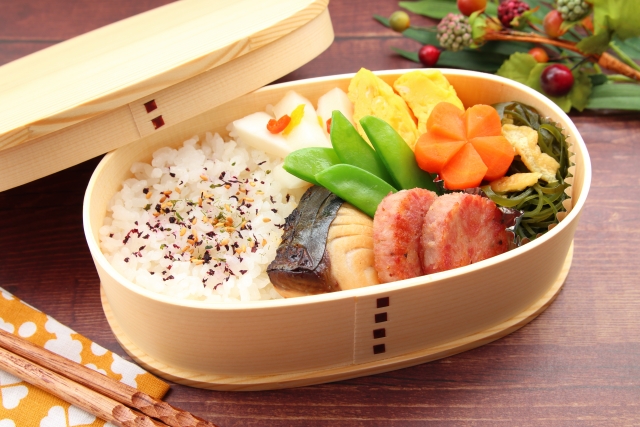
When packing a bento, it’s crucial to arrange the contents not only for visual appeal but also to ensure the ingredients remain intact. Typically, half of the bento box is filled with rice, with the other half reserved for side dishes. Adding a small garnish like a pickled plum or sesame seeds on top of the rice enhances its visual appeal. Side dishes should include a colorful array of vegetables and protein sources, arranged for both nutritional and aesthetic balance.
Practical! Homemade Bento Recipes
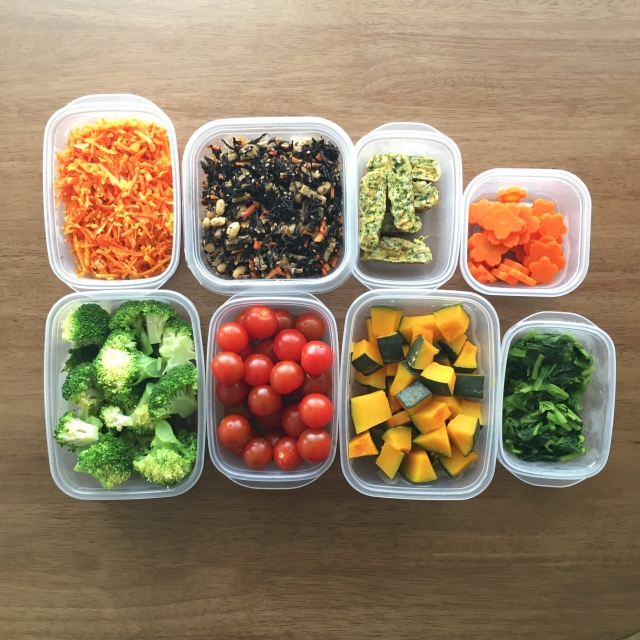
Simple bento recipes that can be easily prepared at home include grilled fish, stir-fried vegetables, rolled omelets, and mini meatballs. These can be prepared in advance, making it quick and easy to pack them into a bento box even on busy mornings. For example, a colorful stir-fry of vegetables is rich in vitamins and minerals, making it a popular side dish for both children and adults. Additionally, sweet and savory stews or marinated vegetables can deepen in flavor over time, ensuring they remain delicious even hours after packing.
Tips for Making Character Bento for Kids
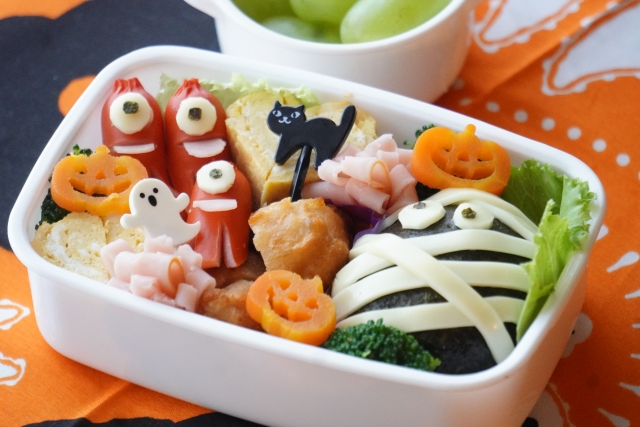
To create a character bento that delights children, start by choosing their favorite character or animal and then representing it with food. Shape the rice into the character’s face, and use a variety of colorful ingredients like seaweed, cheese, and bell pepper to create facial features. Making character bento can also be a fun way to encourage children to eat vegetables and seafood, providing an excellent opportunity to offer a well-balanced meal. While creating a character bento might be time-consuming, the joy and smiles it brings to children make it all worthwhile.
Enjoying the Culture of Bento
Bento is an indispensable part of outdoor activities in Japan. From cherry blossom viewing in spring and autumn leaf hunting to summer picnics, bento is the perfect meal to enjoy amidst the beauty of each season. Gathering with friends and family, and sharing the bentos everyone has brought, strengthens community bonds. Each bento reveals the personality and thoughtfulness of the person who made it, offering a valuable time to reaffirm connections through the meal.
Conclusion: The Japanese Spirit Felt Through Bento
Bento represents more than just a meal; it’s a culture that reflects the beauty of Japan’s seasons, familial love, and a refined aesthetic sense. Homemade bentos encapsulate the changing seasons with seasonal ingredients and the meticulous care of the maker. Additionally, bento offers an opportunity to learn and experience Japanese food culture and traditions. Surrounded by bento, one can escape the hustle and bustle of daily life, rediscover harmony with nature, and reaffirm family bonds. Bento not only provides a delicious meal but also serves as a precious means of conveying the heart and culture of Japan, making its appeal immeasurable.

Comment Comment